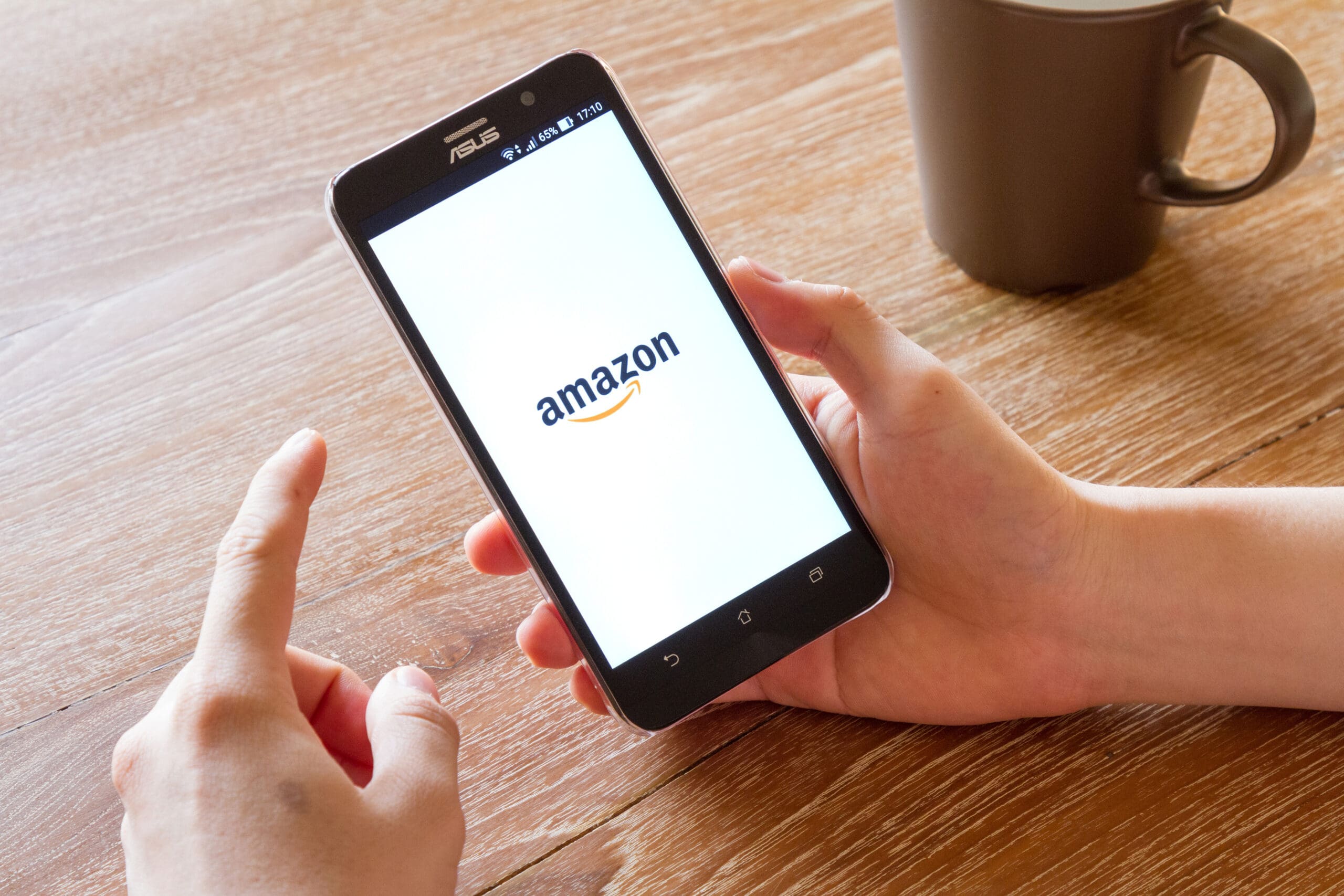In today’s digital age, customer data has become a driving force behind e-commerce growth, empowering businesses to make informed decisions, understand customer behaviors, and gain a competitive edge. Whether you’re a small start-up or a DTC giant, the ability to capture and effectively use data for growth and retention has become a crucial aspect of omnichannel success.
In this blog, we’ll dive into the world of zero and first-party data and explore how ecommerce businesses can use it to build more effective marketing strategies. We’ll explore the difference between the two types of data and examine the various sources of each on your website.
Then we’ll cover how to collect, store, and analyze zero and first-party data, and how to use it to create personalized customer experiences that drive engagement and revenue.
Data Collection: Defining Data Types
Let’s start with the easy part—deciding what kind of data it is that you’re wanting to collect:
Zero-Party Data: Is anything that a visitor intentionally and voluntarily shares with you. Examples include:
- Product preference indicator (i.e. cat vs dog toys)
- Polls, surveys, quizzes (i.e. Where did you first hear about us?)
- Comms preferences
- Email/SMS signups
- Birthday
Think of zero-party data as conversational data, like something a friend explicitly tells you. This is commonly mixed up with first-party data, which, while still “owned,” has distinct differences.
First-Party Data: Is anything about a visitor that is passively gathered from interactions and behavior. Examples include:
- Browsing data
- Purchase history
- Offsite channels (i.e. email clicks)
- Discounts used
- Social data (i.e. follower count, influence)
Think of first-party data as implied data, like something a friend shares with you indirectly. Still important, still useful—but different from zero-party data in how the user grants consent.
Data Collection: Zero-Party Data
Zero-party data collection strategies are a careful mix of providing a more relevant, personalized experience without asking too much of your visitors. So let’s get into some of our favorite ways to do this on your website:
- Enhanced Pop-Ups: These are lead captures collecting more than just an opt-in. Add a secondary piece of zero-party data to these to immediately personalize a new subscriber’s welcome experience, like birthdays, product preferences, zip codes, etc. Make sure to actually use this data to provide them with the right user experience right from the start not just collect it and forget it
- Quizzes or Surveys: Quizzes/surveys are such an engaging way to interact with customers and can be something you do at the start or leverage in an exit offer to help them find the right item. Finish with a product recommendation that makes it easy for them to continue moving toward the point of conversion.
- Comms Preferences: Zero-party data isn’t just a set it and forget it thing, it can evolve over time. Allow customers to change their preferences so they continue to receive the content they want, where they want it, and especially when they want it.
- Create an Account: We don’t encourage forcing shoppers to create an account to check out. However, accounts are a great way to continually collect zero-party data and provide additional touchpoints to engage consumers with. For example, a loyalty program, membership, or product subscription program. Gamify data collection for these customers by rewarding every piece of data they share with you while simultaneously providing increasingly more personalized/effective experiences.
- Reviews: Product reviews are important to have on your website no matter what since 95% of shoppers read them before making a purchase. But they’re also a gold mine for zero-party data that can be linked up to individual customer profiles or to understand trends for segments as a whole.
All of these zero-party data collection strategies will help you understand customer needs, their preferences, and why they’re shopping with your brand. The key, though, and what so many brands are lacking in their zero-party data approach, is the next step of properly using that data to personalize communications with subscribers to both delight them and provide value beyond the initial flow. But lucky for you—-we’re going into that below!
Data Collection: First-Party Data
Now collecting first-party data on your website is helpful for predicting trends and inferring likely behaviors to trigger onsite messaging AKA pop-ups.
Here are some of the most effective examples for when to use and collect first-party data onsite
- Upon add to cart— show product recommendations and curated exit offer
- Time on site—trigger pop up based on percent scroll, pages traveled, time on specific page
- Previously ordered—highlight reviews AND UGC of the collection/product
- URL-based— target a referring URL or opted-in status (aka gave you their email and/or SMS)
- Location-based—show certain messaging based on locale
Use first-party data to get ahead of conversion objections and frictions. Combine your onsite experience data like that listed above with heatmaps or session recordings and you’ll be able to unlock a whole new level of customer understanding. All without asking anything more of your customers.
Putting Your Zero & First-Party Data To Use
Now that you’ve started gathering zero and first-party party data using one or multiple of the above methods, it’s important to actually use it.
Customers are providing this with the expectation it will be used to better their experience, not just sit in the backend of a database somewhere. And that’s where automation comes in.
The welcome series based on the data points collected in the opt-in is a great place to start. It’s small, but it makes a big first impression since so few brands are doing it. Justuno customer, Premama, does this extremely well via a drop down selector in their lead capture asking the subscriber’s parenthood stage. The stage selected determines which branch of their welcome flow they go down, with content tailored precisely to the right products and resources someone would need.
Subsequent campaigns feature different product recommendations, educational content, etc. for a continually personalized experience.
Then they check in again with consumers to see if they should update their stage and adjust their messaging accordingly. There’s that always-on approach to data collection coming into play!
Once you’ve created a strategy for initial use it’s important to keep collecting and feeding subsequent data points collected into more advanced automations to maximize the value of your campaigns.
But beyond that it’s important to think about your data application strategy within the larger context of your customer journey. Map out all the touchpoints a visitor might have and where you can collect or use existing data to improve it. From clicking a retargeting ad with the same item they browsed before and reading product reviews with UGC and customer attributes, to not asking existing email subscribers to sign-up for your newsletter and beyond. The key is to create a seamless look and feel for consumers that effortlessly guides them towards conversion.
It’s important to note that while we’ve really only covered the collection and use of zero and first-party data in the context of your website it’s use isn’t limited to just that. It can extend to the other aspects of your business like:
- Inventory Forecasting: Build a better understanding of what customers are shopping for and when to avoid sell-outs and excess inventory. Something Kickfurther can also help with!
- Product Development/Improvement: For example, if you have a trend of bad reviews that a product breaks often or wishing you made XYZ item.
- Feature Implementation: Zero-party data can help dictate where to focus new retention efforts, like introducing a loyalty program or adding a product subscription option.
- Content Marketing: Improve performance by understanding what interests customers the most and how they interact with it.
It all comes down to establishing trust by using the data shared with you to power personalized experiences. Once you start, it will have an exponential impact on your business in almost every area.
Final Thoughts
The key to scalable zero and first-party data collection/use is organization–make sure that you’re using the data you are collecting, finding gaps in your program, & adjusting strategy accordingly.
Unorganized data can lead to major no-nos like not actually personalizing the flow (or worse, sending the wrong one).
Finally, you’ll want to tie together how you’re using this data elsewhere throughout your MarTech stack. Take the zero and first-party data you collect elsewhere via channels like loyalty programs, subscriptions, memberships, etc. and feed that data back into your website experience & continuously refine and personalize your campaigns.
Interested in applying some of the zero and first-party data strategies we outlined? Try Justuno free for 14-days to see what kind of data you could be collecting from your website visitors!









